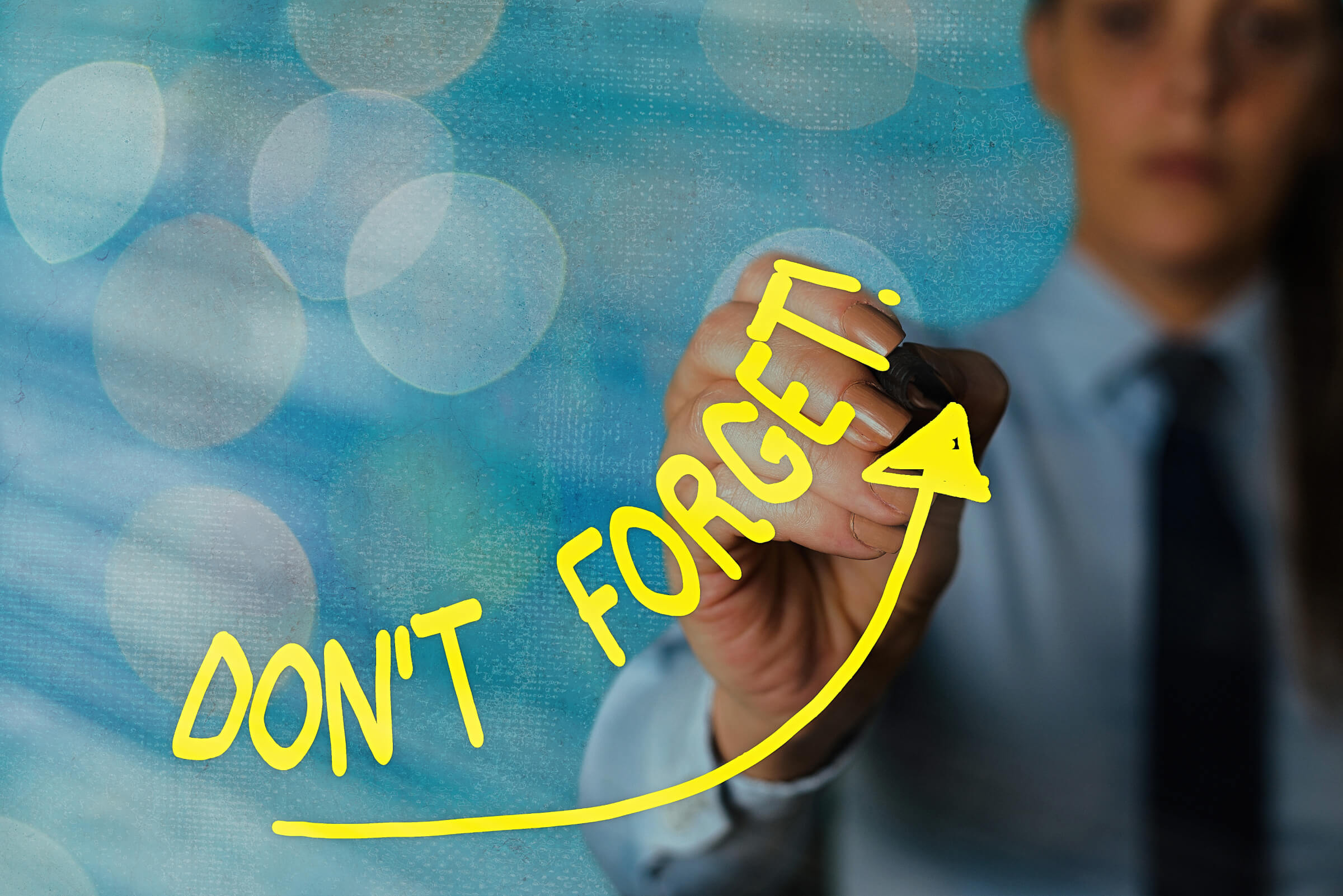
Training day is an exciting time. L&D teams have designed information-packed presentations, and sales teams are ready to discover the latest launches to share with clients. Your team will be motivated to take this newfound knowledge and crush their sales goals in a perfect world.
But in the real world, the chances of sales trainees retaining information for longer than three months are slim. Research has found the most profound retention loss happens within the first 24 hours. Within 90 days of the training, most individuals have forgotten between 84% and 90% of the information they learned during delivery.
Humans don’t intentionally forget. The inability to retain knowledge after the first cursory look is frustrating to everyone in the scenario above: the L&D leaders who developed it, the sales managers who encouraged team attendance, and the sales reps themselves who may miss an opportunity to use what they learned to close a deal.
Why does this happen? How can teams maximize retention?
In 1885, German psychologist Hermann Ebbinghaus hypothesized that humans start losing knowledge very quickly after learning it and that retention drops on a curve unless the content is reinforced often. To test his theory, Ebbinghaus tried to memorize meaningless three-letter words and tested how well he could remember them after different time periods. He plotted the results on a graph, and the Forgetting Curve was born.
Researchers have tested this hypothesis repeatedly and found the steepest information loss (30%) happens within the first 24 hours and gradually increases over time, unless instructors offer more training in different forms to keep information loss at a minimum. Quizzes, mini-refreshers, supplementary videos, and sales enablement tools help learners “overlearn” the material by strengthening the memory of what they learned.
Training has come a long way from whiteboards and handouts. There are as many options for teaching content as there are people to teach! Customized training can include:
Customized training sets your sales reps up for success in several ways. Multiple modes of delivery, including mobile resources or virtual training, let your sales reps learn information when they’re most likely to apply it in their day-to-day activities. Microlearning allows team members to focus on one topic at a time comprehensively and quickly. Augmented reality creates simulated on-the-job experiences for hands-on training in a safe environment. These are just a few ways the sales team benefits from custom training.
The best-designed training has a blend of several types of training to touch every type of learner consistently. By presenting material in unique ways, L&D team leaders can boost retention and make training productive and, dare we say, fun.
Tackling the retention problem starts while designing your training and before the first learner begins. Ardent offers solutions to help your team create engaging and informative sales training customized to your team’s unique needs. Download our e-book about customized sales training and learn more!
These Stories on Custom Learning Program
I’m willing to bet that most of you ...
Quick poll: Raise your hand if you like taking compliance training.
I can’t see you, ...
Imagine a mid-sized consumer packaged goods (CPG) company — let’s call them “FreshBite” — facing a critical challenge: Mid-level managers, many of whom were first-time ...
Copyright © 2025 Ardent Learning Inc. All Rights Reserved.